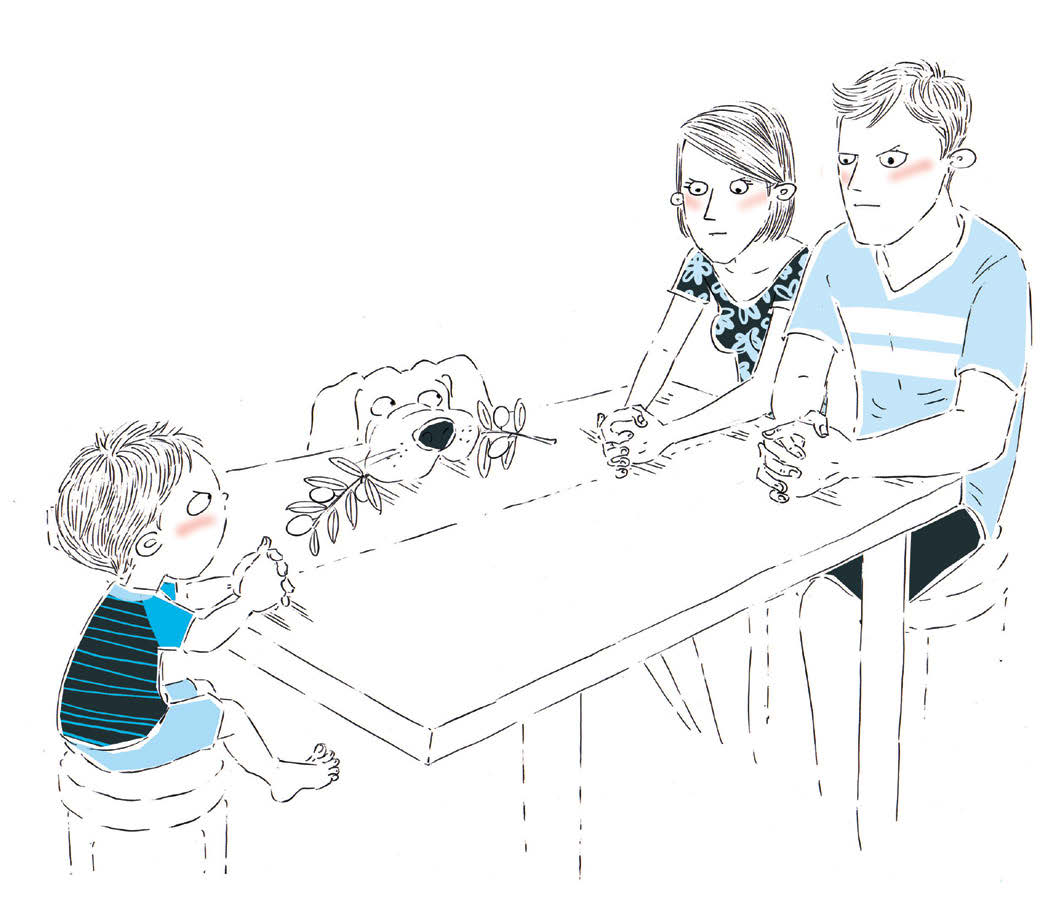Should you stop shouting at your toddler and embrace this parenting style that’s all about positivity and respect? DR RICHARD C. WOOLFSON shares how it’s done.


Should you stop shouting at your toddler and embrace this parenting style that’s all about positivity and respect? DR RICHARD C. WOOLFSON shares how it’s done.

You may be attracted to the approach of “peaceful parenting”, which is based on positive principles and mutual respect between parent and child. But you are afraid that this means letting your child do whatever he wants.
Rest assured – although it is a non-confrontational way of interacting with your child, it does not mean giving him free rein. Neither should it be confused with neglectful parenting (“I don’t care what you do”) or indulgent (“I want you to do whatever you want.”)
Here are the key principles of peaceful parenting:
Understanding, not reacting Your two-yearold’s behaviour is his way of expressing his inner needs. Peaceful parenting suggests that instead of reacting immediately to, for example, his demanding behaviour, you pause to consider why he is behaving that way.
Maybe it is because he is bored, or perhaps he wants your attention.
By managing him from that perspective, you are more likely to reach a peaceful solution than if you simply react by reprimanding him.
Self-discipline, not punishment When a child thinks about the effect of his action on other people, he is less likely to act impulsively, aggressively and selfishly. Instead of punishing your toddler for his misconduct, peaceful parenting suggests that you encourage him to think about his way of behaving: Why did he do so? How did that affect your or his siblings? What could he have done differently?
By doing so, you encourage him to develop self-discipline, and you stop relying on punishment and rewards to handle him.
Good communication, not commands When you shout at your child, his instinctive self-protective response is to stop listening. Peaceful parenting suggests that you stay calm and be in control of your own emotions at all times.
To help your toddler behave, engage his attention. Sit him beside you and gently touch him so he feels safe and loved. Then, explain clearly how you want him to conduct himself. Communicating with him this way makes it more likely that he’ll actually listen to you.
Clear limits, not confusion Your toddler responds best when he knows exactly what he can and cannot do, so peaceful parenting suggests that you set very clear limits and that you calmly explain these to your child before and after he shows poor manners.
When he understands why he isn’t allowed to do something – for example, you won’t let him climb on the kitchen table because he could fall and hurt himself – he starts to consider the consequences of his behaviour. Children are more attentive to rules when they understand them.
Cooperation, not control A rule-based parenting approach can set parent and child in opposition to each other, so peaceful parenting suggests that you and your little one work cooperatively to solve difficulties together.
For example, if you see that he is becoming increasingly frustrated and his anger is building, calm him down. Sit together and try to find out what is causing him to feel so distressed. This type of discussion, based on respect for your child, puts control to one side in preference for cooperation.
“Do as I do”, not “do as I say” If you tell your child that he can’t do something, and then a few minutes later he see you doing exactly that, he’ll be confused. He may think to himself: “If it’s good enough for Mummy, then it must be good enough for me.”
Peaceful parenting suggests that you always set a good example for your toddler to model. It helps you show him what he should do rather than reprimand him for what he shouldn’t do.

"Remember: It’s up to you to choose the parenting approach that best suits you and your family."
ILLUSTRATION CHENG PUAY KOON























